Tesla Powerwall 3 Rebate Now Available - Combine with Federal Subsidy Today
Tesla Powerwall 3 Rebate Now Available - Combine with Federal Subsidy Today
Posted 2 May
With solar energy transforming the way businesses consume and offset their electricity consumption, business owners all over the Newcastle and Maitland region are hearing about solar battery storage and its benefits.. but is it worth it for your business?
Depending on the kind of business you run, you will have unique consumption habits.
For businesses with solar, they can offset their energy usage with renewable energy, but happens when the sun goes down? They go back to grid consumption, generally when grid energy gets more expensive too.
Commercial battery energy storage systems (BESS) enables businesses to store their excess solar energy throughout the day, and continue to consume renewable energy once the sun has long-gone.
So the short answer is yes, commercial energy storage can help businesses maximise their energy and independence.
But how does a commercial battery actually benefit my business?


By being able to rely on self-generated power during peak periods, you reduce and avoid having to use expensive peak demand period electricity prices which is the culprit for higher energy bills, otherwise known as 'peak-shaving'.
This is highly-valuable for businesses that use a lot of energy throughout these periods, and who also require a backup source of power in the case of a grid failure to maintain operation and minimise downtime and any related losses.
Commercial solar battery storage also offers the opportunity for businesses to participate in demand response programs and earn revenue feeding power into the grid when demand is high, and soaking up power when supply is too high. This not only provides a financial incentive for businesses, but also contributes to a more sustainable grid by reducing strain during peak demand periods.
Commercial solar battery storage allows properties to take full advantage of their solar energy production, as well as using cheap energy instead of expensive on-peak power.
As mentioned before, by relying on the renewable energy you generate, you can avoid paying demand electricity prices and save on your operational costs.
For businesses where it's crucial to stay operational 24/7, a backup power source may be a great choice to allow you to stay powered during outages.
With a battery, you can participate in programs like Virtual Power Plants that incentivise businesses to earn more with their commercial battery.
For businesses with solar, you may be exporting more than you use. Instead of feeding that excess for cheap, you can store it for later to save more on your bill.
Businesses that value sustainability can stand to benefit from increased renewable energy consumption both through the day and night.
In a world of uncertainty, energy prices are vulnerable to fluctuations. A commercial battery could help further protect you from fluctuations.
When looking into the right commercial energy storage system (ESS) for your business, it can be hard to discern what battery will be right for your requirements. Whilst our team provide 100% free energy assessments to help you with free consultation, here are some elements that will help determine the right battery for your business.
Like any investment, the first thing to consider when research commercial battery options is determine your budget.
A budget will enable you to have guidelines around how much your business is willing to spend based on return-on-investment timelines which are provided in our proposals.
Secondly, analysing recent electricity bills show valuable insight into the amount and time you consume the most your electricity.
Understanding your usage, and combining it with your energy goals can help determine the correct capacity range that you need to get the most out of your investment.
Depending on if you have existing solar power, certain battery storage brands and models may not be compatible, and will either need additional or replacement components to be connected.
This is typically identified by your installer as a part of the quote and system design.
Businesses should consider systems that offer comprehensive monitoring and control capabilities.
This allows for real-time monitoring of energy production, consumption, and battery status, enabling businesses to optimise their energy usage and identify any potential issues promptly.
If your company requires specific battery storage features like a certain power output, chemistry, or other specification, this will filter out batteries that can't fulfill your requirements.
Visit our product resource page where you can explore battery specifications.
A highly-recommended aspect to investing in a commercial battery is the after sales service like maintenance services and warranties.
By choosing a reliable battery brand and installer with strong warranties, you can be assured that any issues will be fixed.
By considering these factors, businesses can make an informed decision and choose a commercial solar battery storage system that meets their specific needs and requirements. We work in collaboration with businesses all over Newcastle, Maitland, and the Hunter region in finding the best solutions to a range of properties.
There is an increasing trend in commercial battery storage adoption in Australia, with both 2024 and 2025 reporting strong numbers
of commercial energy storage adoption growth.
Step 1:
The first step to finding any solar and/or battery system for your business is understanding your requirements, goals, and budget.
From here, you have criteria that you can discuss with your chosen installer to allow them to tailor a system design to meet those requirements.
These requirements can vary from the amount of energy storage you need to meet your solar production, if you need high-output power, if the battery will be used as backup energy, and any other features that could determine the right brand and model.
Step 2:
In the solar and battery industry, there are two types of installers, the unlicensed cowboys who install anything, and the qualified CEC/SAA certified installers which is designed to ensure the business's installations meet Australian standards and safety requirements.
You can explore the NETCC approved sellers list here to find and confirm that the installer is property equipped to install your commercial battery storage right the first time.
Step 3:
In addition to self-research, it is important that you get industry consultation and talk to your local experts in commercial battery storage.
There will be installation and infrastructure requirements that your installer will need to identify to ensure your system is properly installed and commissioned.
Companies like ours provide free quoting, site assessments, and consultation for business owners looking into ESS, where we come out and have a chat - with no obligations.
Step 4:
The final research step is reviewing the provided proposals from your installer/s, to compare suggested systems and quotes to ensure you aren't being ripped off.
It's important to understand that the system proposed by your installer should be design, built, and installed by quality components for maximum longevity.
Even though your installer may have a more expensive system proposed, it is important to check the components as installers like us only use premium, high-quality components from reputable brands to ensure the system is at its maximum in the long-term.
Commercial solar battery storage is a game-changer for businesses, providing properties with reliable and sustainable power, cost savings, and the opportunity to participate actively in the energy market. By maximising the use of solar energy, businesses can reduce their reliance on the grid, lower their operational costs, and contribute to a more sustainable energy future.
As advancements in battery technology and smart grid integration continue to evolve, commercial solar battery storage systems will become even more efficient, cost-effective, and accessible. Businesses of all sizes will have the opportunity to harness the power of the sun and take control of their energy usage, leading to increased energy independence and a greener bottom line. Embracing commercial solar battery storage is not only a smart business decision but also a step towards a more sustainable and resilient future.

Explore how battery nominal & useable energy capacity is different to power output, and learn about state of charge, depth of discharge, and cycles.

Considering a cheap solar system? Learn how low-quality, unreliable inverters and panels can lead to costly repairs, full replacements, and safety issues.

Battery supply chains are tight across Australia, with shipping delays leaving many installers out of stock and customers waiting longer. What's happening?
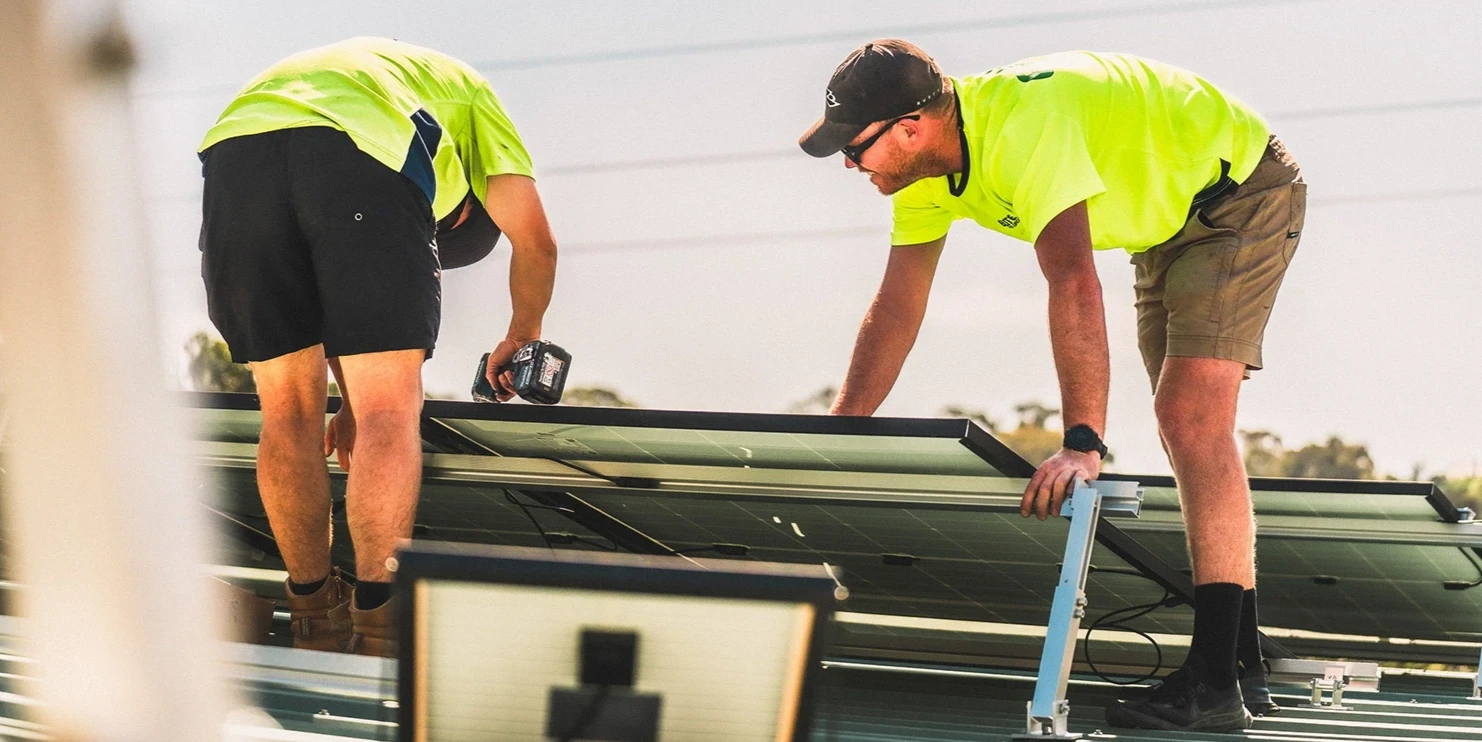
Learn how to avoid solar scams in NSW. Spot red flags & dodgy installer tactics and find reputable companies with great warranty & quality installations.
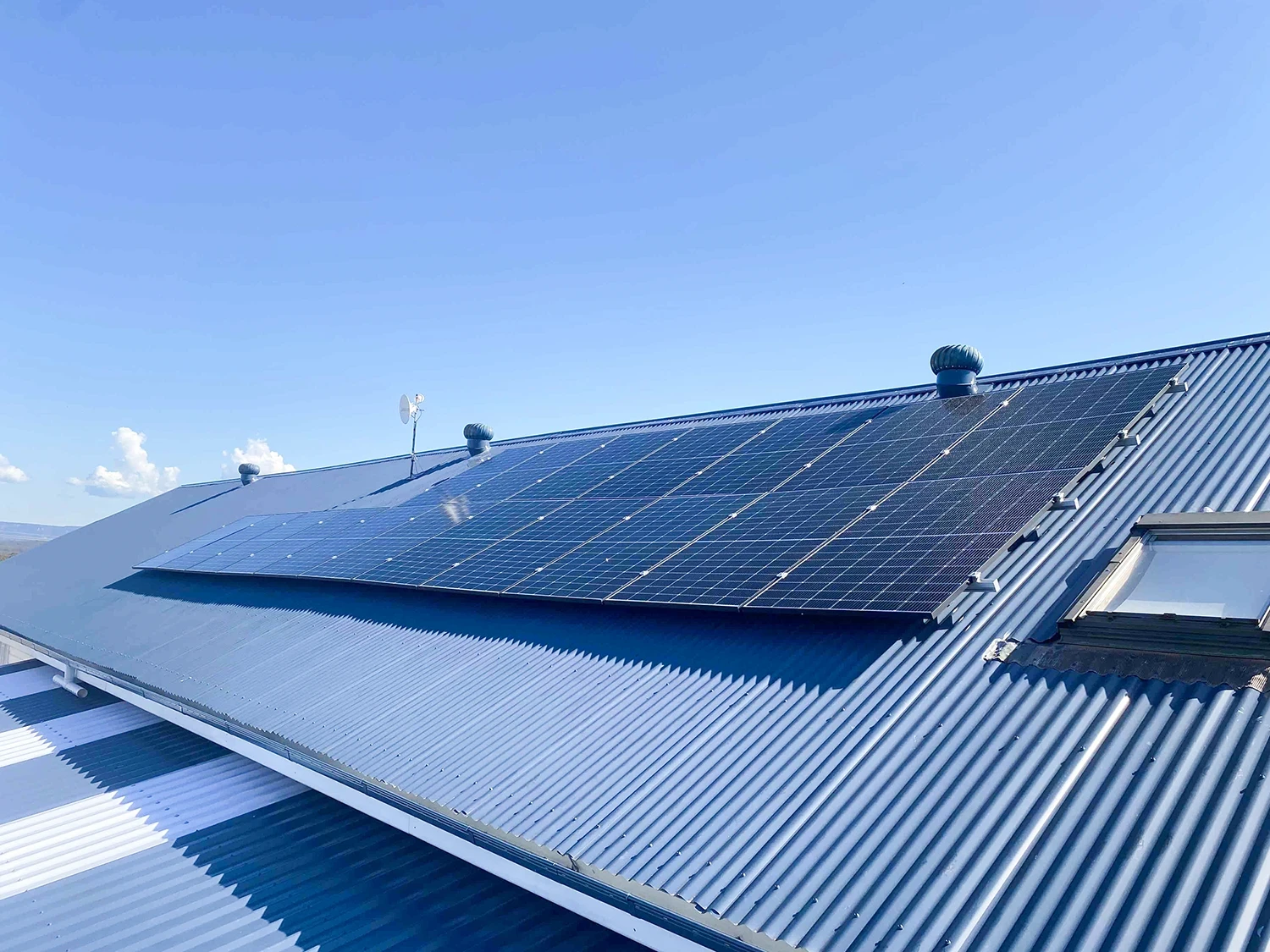
Explore the best solar system sizes & how many panels you need, the best Australian solar brands, and cost estimates for 6.6 & 10kW systems in NSW.
Renewable News Articles
Not only are we specialists in solar power, but we pride ourselves in being leading installers in battery
storage, as well as EV charging for homes and businesses. For solar and battery systems, we offer both on and off-grid solutions for a
range of applications.
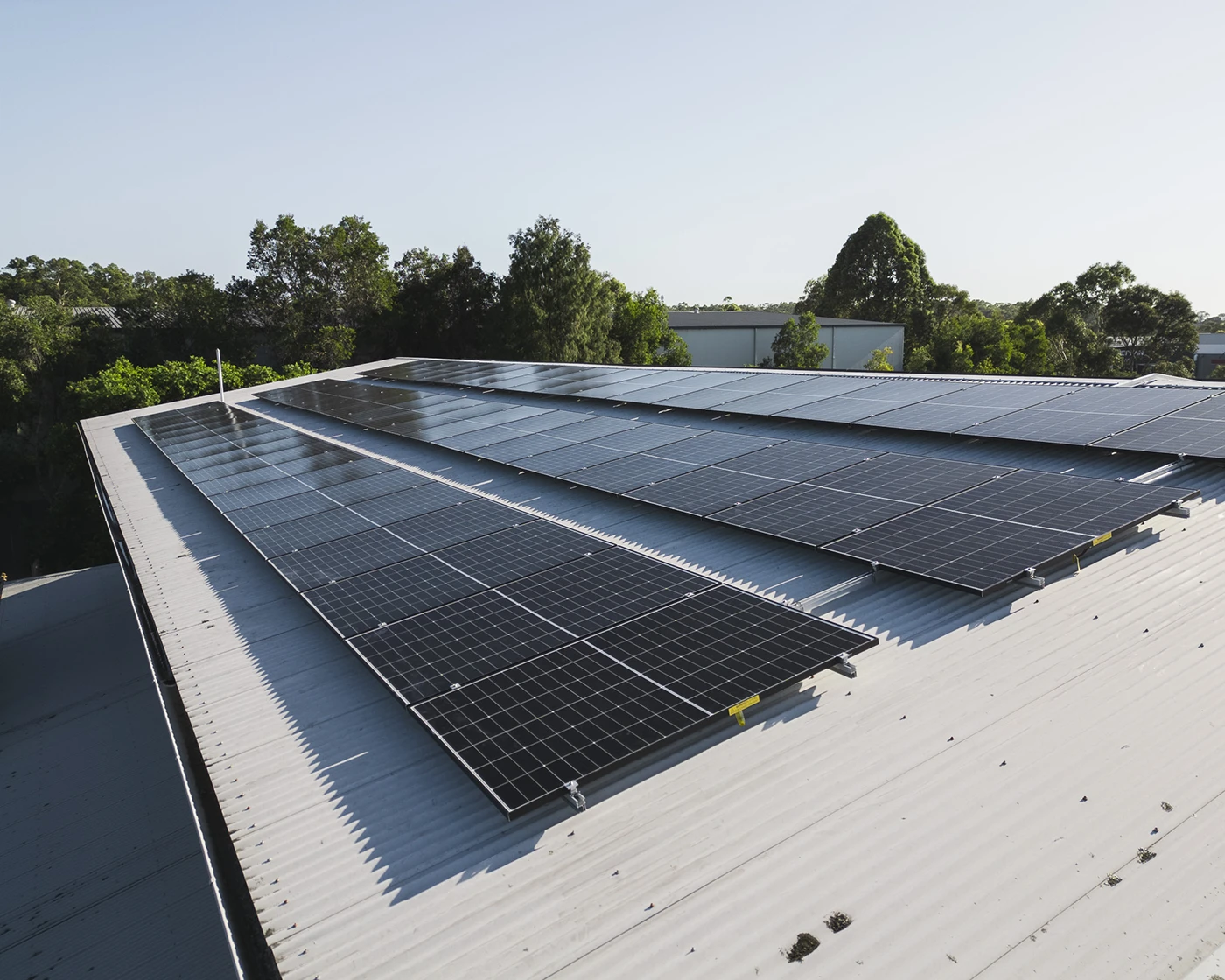
Newcastle's leading solar installers, providing long-lasting residential and commercial rooftop solar systems.
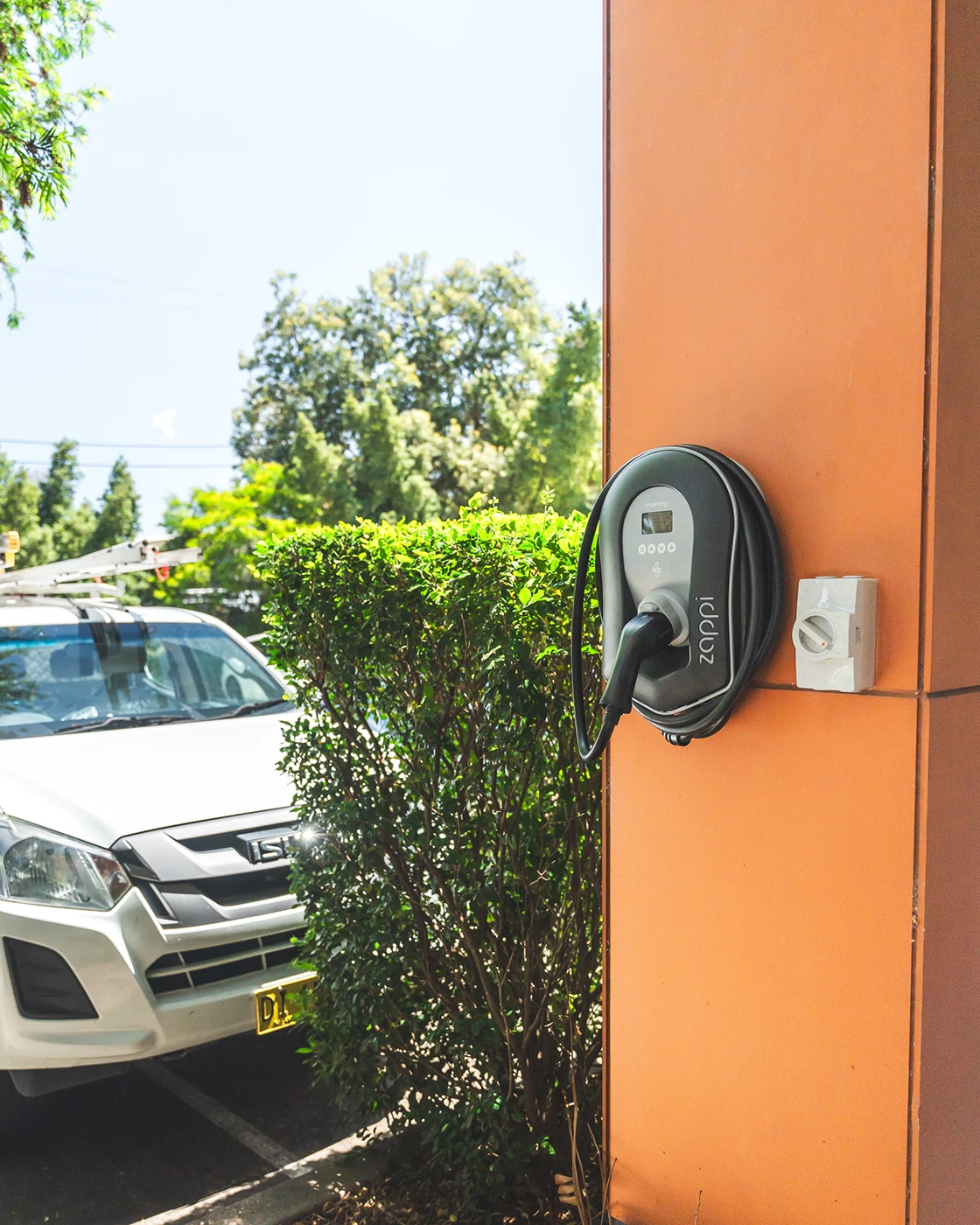
Experts in both residential and commercial electric vehicle charging station installations from 7kW - 360kW+.
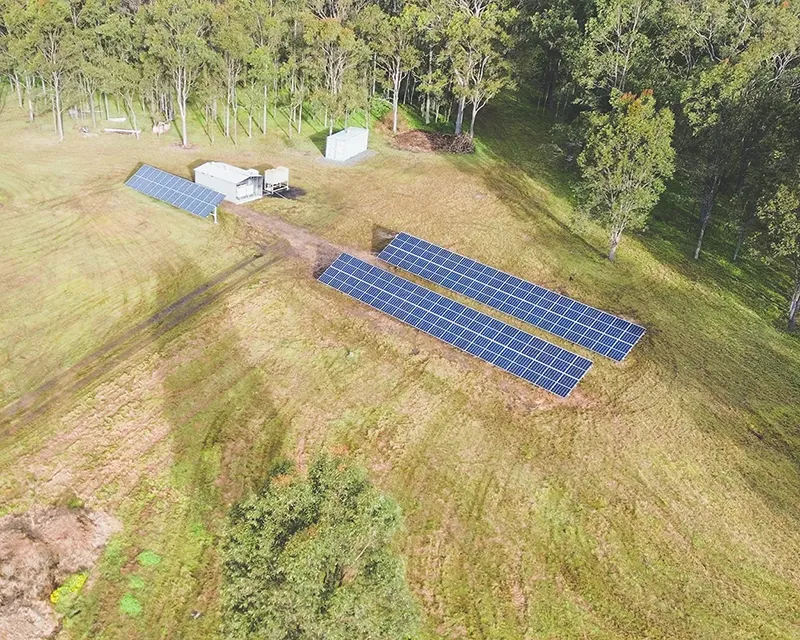
Specialists in off-grid solar and battery, helping properties never have to pay another electricity bill again.

With decades of electrical and industry experience, our fully-qualified & licensed electricians are here to help.

Maximise your solar generation with battery storage from reputable brands to accelerate return-on-investment.
Leave a Comment